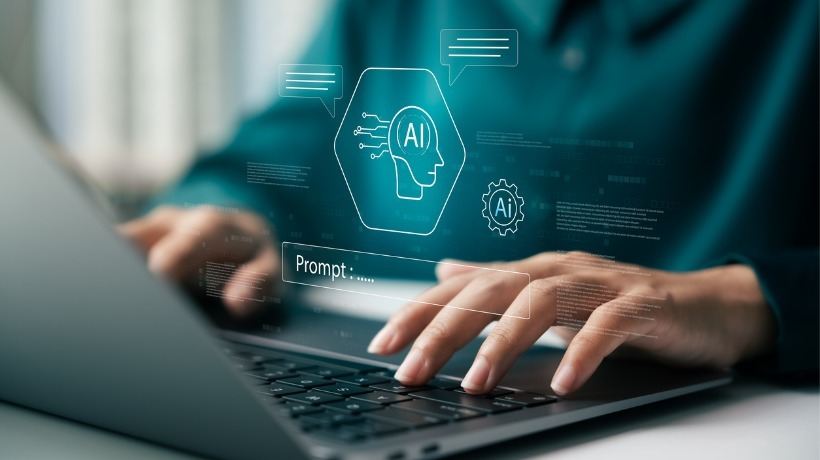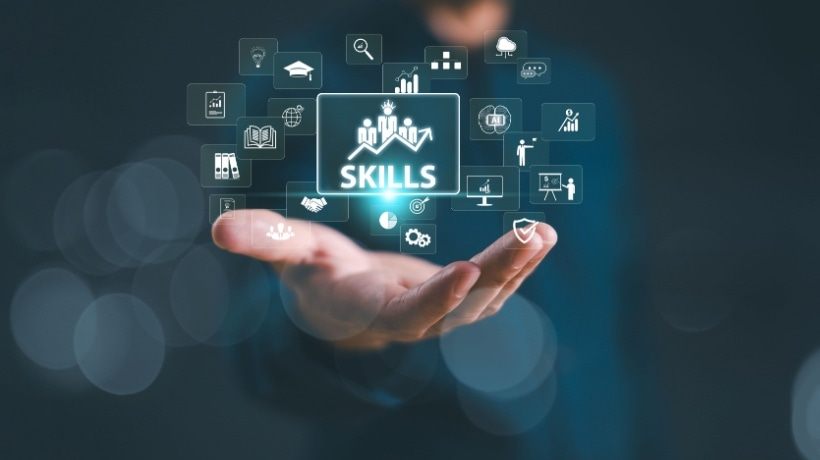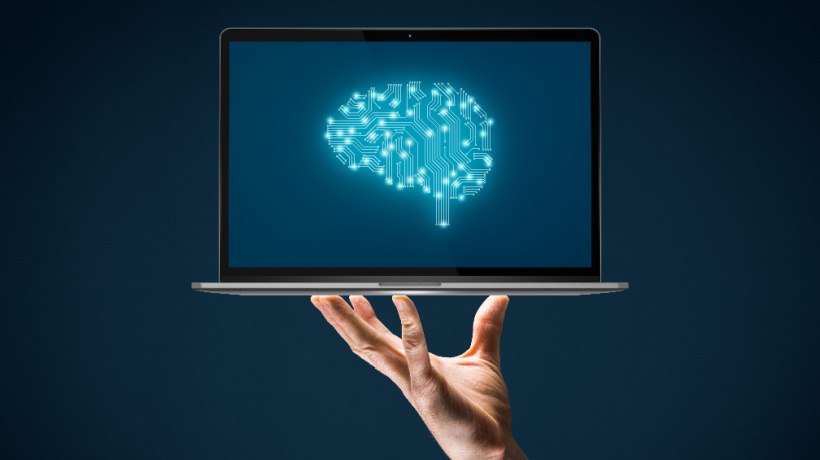The Human Side Of Artificial Intelligence In L&D
Artificial Intelligence (AI) has been called many things—a job stealer, a productivity booster, even a threat to civilization. But no one really expected it to become a coach for soft skills. After all, empathy, creativity, and humor are supposed to be deeply human.
Wait, AI For Soft Skills?
Yet here we are. While AI is busy solving technical problems, it is also quietly helping L&D professionals sharpen their nontechnical skills—from communication to stakeholder management. In other words, AI is turning into that overly enthusiastic colleague who always has a suggestion: sometimes brilliant, sometimes completely off the mark, but always pushing you to think differently.
As psychologist Albert Bandura once said, "Most human behavior is learned observationally through modeling." Today, AI has become a new kind of model—a mirror that can provoke reflection, creativity, and better practices for professionals who are teaching others to learn.
Why Nontechnical Skills Matter More Than Ever
The discourse on soft skills is not new, but its urgency has grown in the digital era.
- NASSCOM's Future Skills Prime initiative
This emphasizes that 50% of India's workforce will need new skills by 2030, with behavioral and cognitive abilities as critical as technical expertise. - The World Economic Forum's Future of Jobs Report 2023
This lists analytical thinking, creativity, and emotional intelligence among the top 10 skills employers are prioritizing. - Research by McKinsey & Company
This indicates that organizations that invest in nontechnical skills development are 1.5x more likely to report innovation and 1.4x more likely to achieve higher productivity.
In the words of Peter Drucker: "The most important thing in communication is hearing what isn't said." Soft skills, once seen as complementary, are now central to how organizations adapt, lead, and thrive in disruption.
How AI Is Helping L&D Professionals Strengthen Soft Skills
1. Communication And Storytelling
Communication is both an art and a science. Research in adult learning (Knowles' andragogy theory) emphasizes relevance and real-world application. AI tools can support L&D professionals in reframing content into relatable stories and analogies. For instance, instead of presenting compliance rules as bullet points, AI can help design a role-play narrative where learners navigate a realistic ethical dilemma. Jerome Bruner's narrative theory shows that learners are 22x more likely to remember information when presented as a story.
2. Creativity And Content Design
AI has proven to be a powerful enabler of divergent thinking. A 2023 study in Harvard Business Review found that individuals using AI tools generated 40% more creative ideas than control groups. For L&D professionals, this translates into practical gains: brainstorming fresh icebreakers, designing interactive polls, or developing engaging workshop activities. Not every AI-generated idea will land—some may be unusable or unintentionally funny—but even "bad" ideas act as prompts for innovation. Educational theorist Lev Vygotsky's zone of proximal development suggests that scaffolding learners with external tools accelerates growth. In many ways, AI is becoming that scaffold for trainers themselves.
3. Empathy And Feedback
Empathy is at the heart of facilitation. While AI cannot feel, it can provide feedback loops that sharpen a facilitator's empathic response. Sentiment analysis and real-time learner analytics act as mirrors for trainers. For example, AI dashboards can highlight when learners disengage during a virtual session. Facilitators can then adapt pace, tone, or format. Daniel Goleman's work on emotional intelligence underlines that awareness of emotional cues is the foundation of empathy. AI does not replace this awareness but augments it by making patterns visible that humans may miss.
4. Stakeholder Management
Stakeholder buy-in has always been the Achilles heel of L&D. AI analytics and visualization tools strengthen this skill by providing evidence-based storytelling. Instead of presenting abstract outcomes, L&D professionals can walk into boardrooms with dashboards showing ROI, learner engagement data, and predictive trends. This enhances their ability to influence, persuade, and negotiate. As John Kotter's change leadership model emphasizes, successful transformation relies on creating urgency and demonstrating value. AI provides the language of data that helps trainers make that case convincingly.
Case In Point: AI In Action
Consider a leadership training program in the manufacturing sector where AI was used to generate multiple role-play scenarios. Instead of manually creating 20 different situations, facilitators refined AI-generated drafts in a fraction of the time. The result? Learners were more engaged because the scenarios felt current, relevant, and diverse. AI didn't replace creativity—it accelerated it—freeing facilitators to focus on presence, delivery, and connection.
The Limits Of AI (and Why Humans Still Win)
AI is promising, but it is not perfect. It:
- Overcomplicates simple things.
- Misses cultural nuances.
- Writes jokes that only a robot could love.
Crucially, AI cannot replicate what Carl Rogers, the humanistic psychologist, called "unconditional positive regard." The essence of facilitation lies in presence, trust, and authentic human connection. Put simply: AI can draft your icebreakers, but it cannot laugh with your participants (yet).
Practical Tips For L&D Professionals Using AI For Soft Skills Training
- Start small
Use AI for brainstorming or content variation, not entire curriculums. - Blend
Combine AI insights with human judgment and intuition. - Experiment
Test AI in role plays, learner surveys, or reflective journaling activities. - Stay human
Remember, learners seek connection and authenticity above all.
Conclusion: Your New (Unpaid) Intern
AI is not here to replace L&D professionals—it is here to stretch them. Think of it as your unpaid intern: always available, often insightful, occasionally wrong, but guaranteed to spark new ways of thinking. And if this intern helps sharpen our communication, creativity, empathy, and stakeholder skills? Then maybe the robots are not coming for our jobs—they are helping us become better at them. As Isaac Asimov once said, "It is change, continuing change, inevitable change, that is the dominant factor in society today." For L&D, AI is simply the next wave of that change, and one we must ride with both curiosity and courage.









